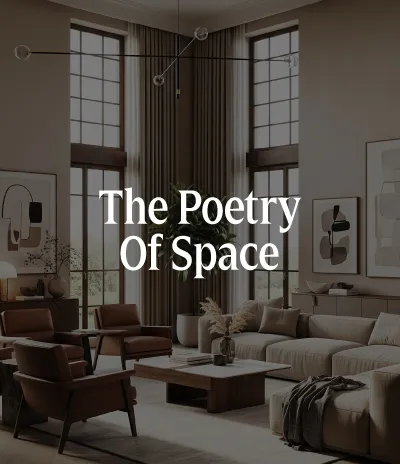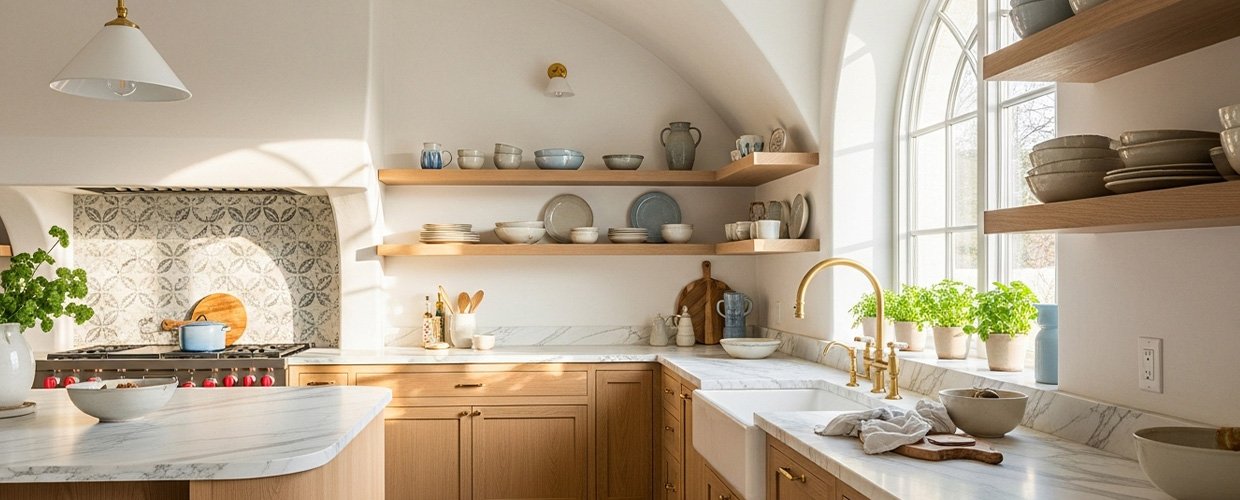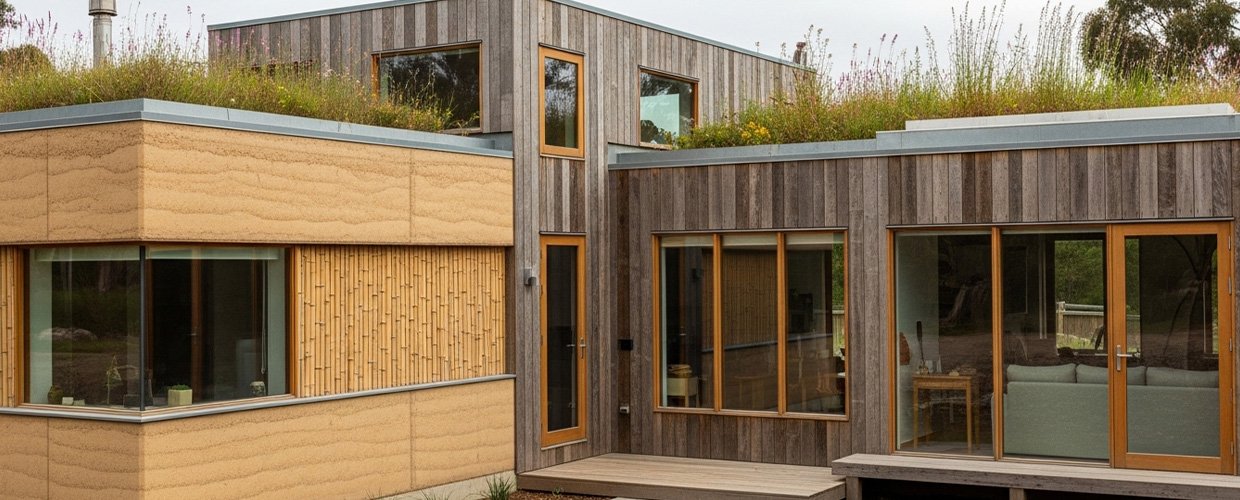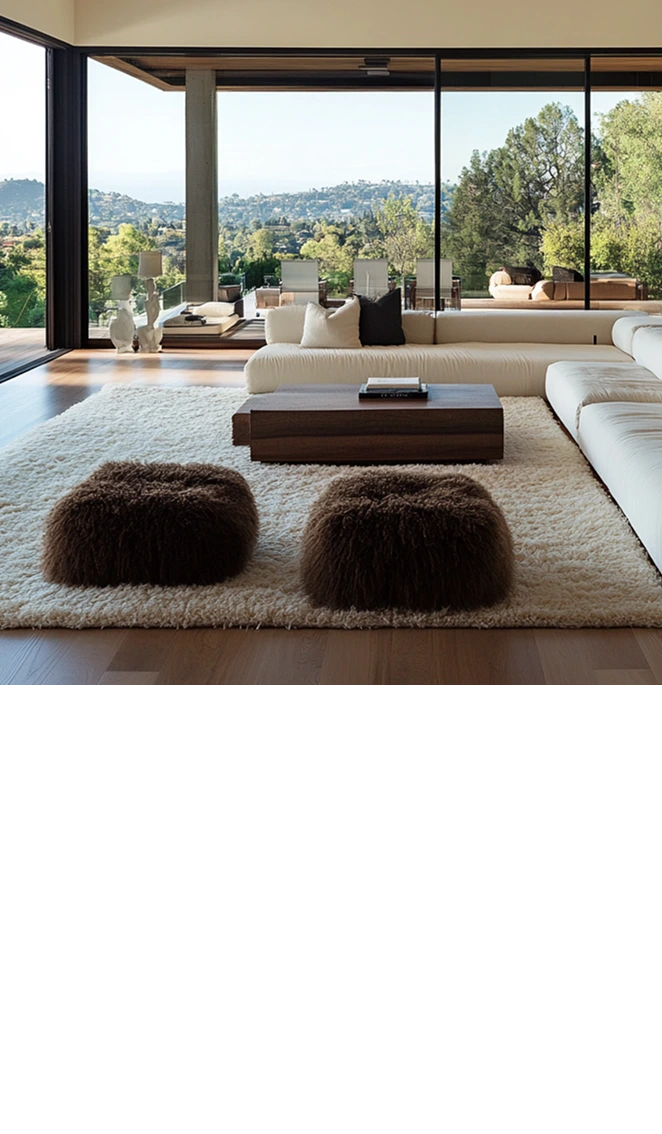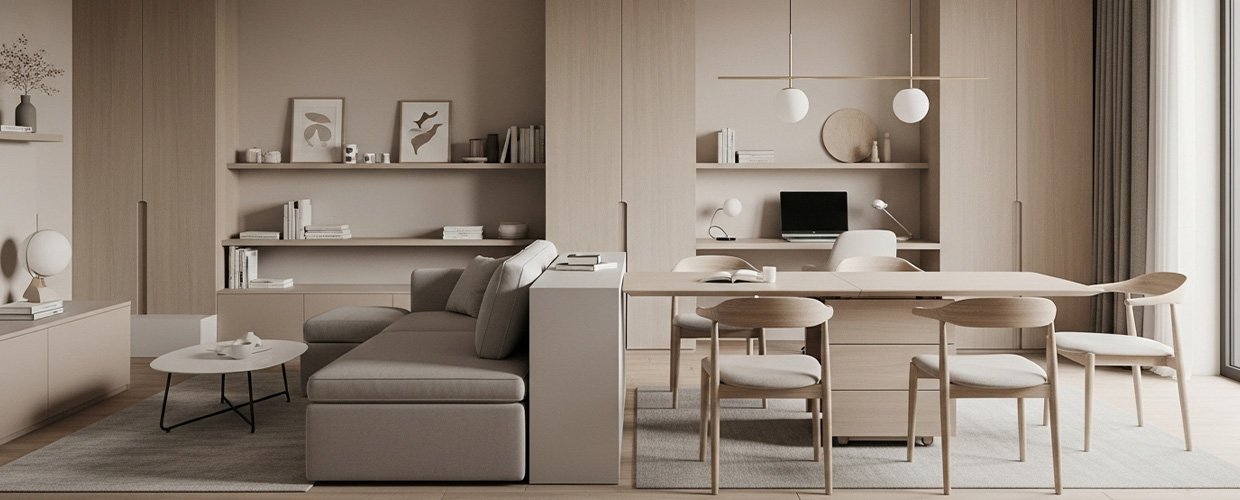
July 18, 2025
Multifunctional Spaces: How Minimalist Design Optimizes Spaces for Various Uses Without Sacrificing Style
In today’s fast-paced world, the way we use our living spaces is continually evolving, prompting the need for innovative design solutions that maximize functionality without compromising on aesthetics. One of the most effective approaches to achieving this balance is through the use of minimalist design principles in creating multifunctional spaces. As urban living spaces become increasingly compact, the demand for designs that can accommodate multiple uses within a single area is growing. Minimalism, with its focus on simplicity and efficiency, provides the perfect framework for such transformations. By eliminating clutter and focusing on essential elements, minimalist design allows for flexible spaces that can be easily adapted for various activities, from working and relaxing to entertaining guests. This approach not only streamlines the visual appeal of a space but also enhances its usability, making it a popular choice for modern homeowners and designers alike. In this article, we explore how minimalist design can optimize your living spaces for multiple functions without sacrificing style, offering practical tips and insights to help you create a home that meets all your needs.
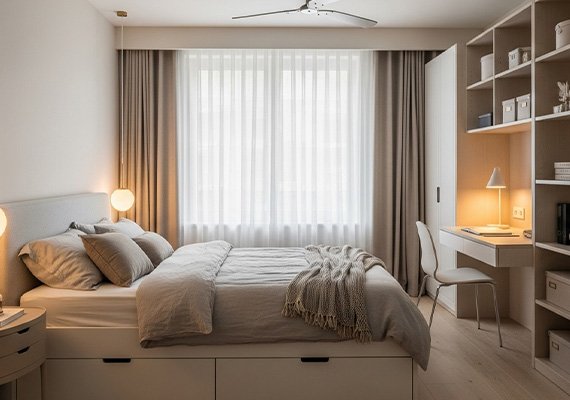
Multifunctional spaces are becoming a mainstay in contemporary design, particularly in urban environments where space is at a premium. The fundamental concept behind these spaces is the ability to perform different functions in the same area, which is supported by the minimalist design ethos of ‘less is more.’ By focusing on essential elements and removing unnecessary clutter, minimalist design creates a clean and streamlined environment that naturally adapts to different uses. For example, a living room can seamlessly transition into an office space with the addition of a foldable desk and smart storage solutions. Similarly, a dining area can double as a home office or a creative workspace by incorporating modular furniture and multifunctional decor. The key is to select furniture and accessories that serve multiple purposes, such as a sofa bed or a coffee table with storage capabilities. These elements not only save space but also provide flexibility, allowing homeowners to make the most of their available square footage. Embracing minimalist design in multifunctional spaces also involves a thoughtful selection of colors, textures, and materials that enhance the overall aesthetic while maintaining a sense of openness and tranquility. By choosing neutral palettes and natural materials, you can create a cohesive look that is both stylish and functional, ensuring that the space remains inviting and adaptable to its various roles
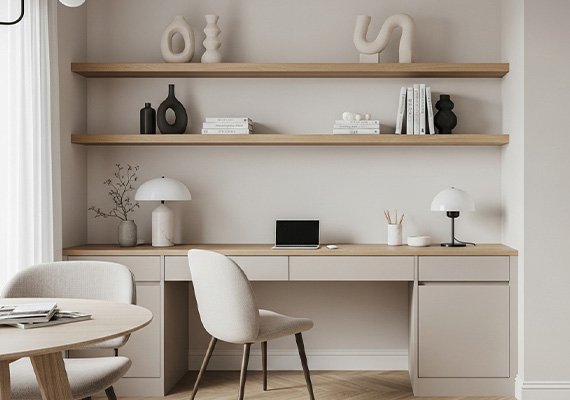
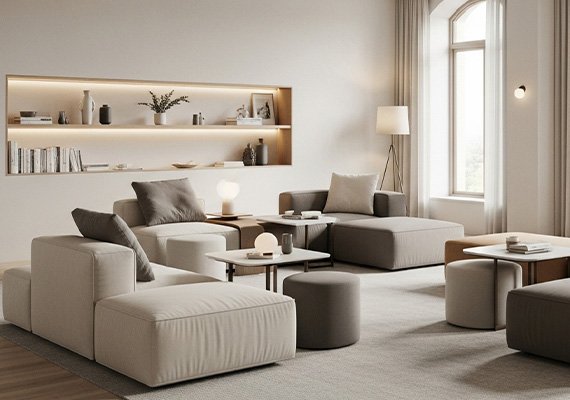
The integration of minimalist design in creating multifunctional spaces is an art that combines functionality with aesthetics, providing a solution for modern living challenges. By focusing on simplicity and eliminating unnecessary elements, minimalist design optimizes space, allowing it to be used efficiently for various purposes. This approach not only enhances the functionality of a home but also maintains its visual appeal, ensuring that style is not sacrificed for practicality. Key strategies include investing in versatile furniture, utilizing smart storage solutions, and selecting a cohesive color palette that promotes a sense of openness and calm. As we continue to adapt to evolving living environments, the principles of minimalist design will remain a valuable tool in crafting spaces that are both beautiful and functional. Whether you are redesigning a small apartment or looking to make better use of a spacious home, embracing minimalist design can help you create a versatile and stylish living space that meets all your needs. For those seeking inspiration, consider consulting with professional designers who specialize in minimalist interiors to explore the potential of your space and discover innovative solutions that reflect your personal style and lifestyle needs.
TRENDING NOW
The Revival of Mediterranean Style: Inspiration for Bright, Timeless Interiors
AB Concepts
Sustainable Architecture Materials: Eco-Friendly Options for Building and Renovating
AB Concepts

